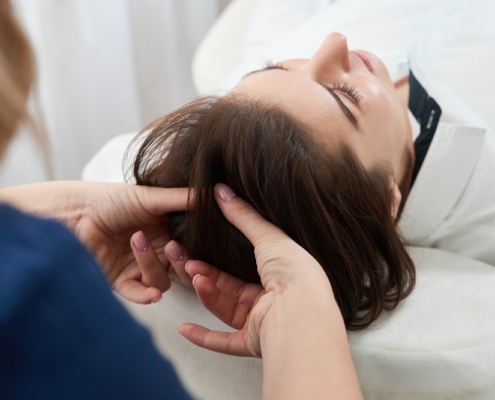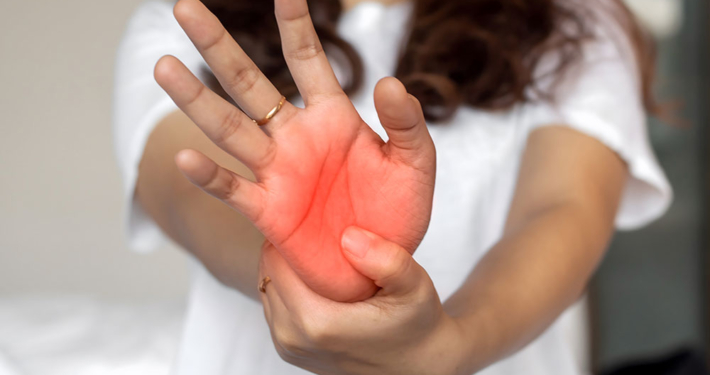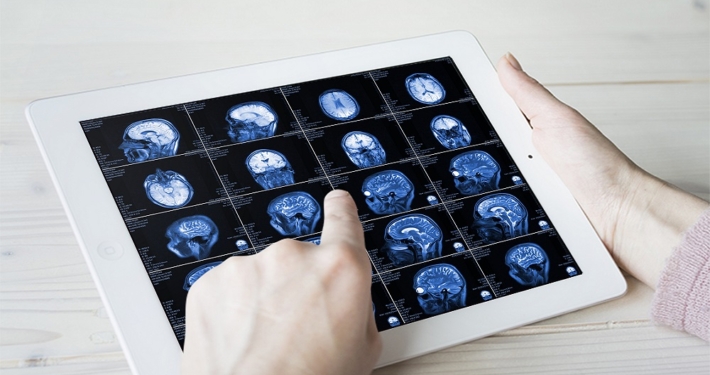The prevalence of migraine in children is around 10% for girls and 5% for boys. Childhood migraine headaches do not have typical characteristics like those in adults. Children under the age of 12 may have difficulty identifying headaches, and typical symptoms such as photophobia and phonophobia, which are included in the diagnostic criteria, may not be seen, therefore, we can see migraine-type headaches that do not meet the diagnostic criteria in around 10% and headaches that can be called probable migraine in around 45% of children. Another reason that makes diagnosis difficult is that attacks in the form of migraine variants can be seen in children. We should treat migraine attacks that can affect school success, school life, and quality of life after ruling out secondary causes.
Treatment is divided into two categories: drug and non-drug treatment. Non-drug methods should be tried first in children.
In non-drug treatment;
It is necessary to inform the child and the family about the disease,
Regulating the lifestyle; especially regulation of sleep and nutrition, regular exercise, relaxation techniques and increasing awareness of triggers and ensuring avoidance of them,
When an attack occurs, rest and sleep in a dark and quiet room Behavioral therapies; relaxation exercises, biofeedback
Drug treatment; is divided into two as attack and preventive treatment.
A number of drugs suitable for age groups are used in acute attacks. Preventive, or prophylactic treatment, can be applied especially to children who prevent daily life activities, create anxiety, and have headaches more than 3-4 days a month. Prophylactic treatment has similar characteristics to adults. Side effect profiles and additional disease conditions should be well evaluated in drug selection, and drugs with excessive sleep effects should be avoided, especially in school-age children.
 https://drturanpoyraz.com/en/wp-content/uploads/2023/07/migrentedavisi.jpg
667
1000
drturan_pyrzawp
https://localveri.net/drturanpoyraz/wp-content/uploads/2024/07/logo2.png
drturan_pyrzawp2023-07-19 11:52:042024-08-01 16:31:26MAIN GOALS IN MIGRAINE TREATMENT
https://drturanpoyraz.com/en/wp-content/uploads/2023/07/migrentedavisi.jpg
667
1000
drturan_pyrzawp
https://localveri.net/drturanpoyraz/wp-content/uploads/2024/07/logo2.png
drturan_pyrzawp2023-07-19 11:52:042024-08-01 16:31:26MAIN GOALS IN MIGRAINE TREATMENT


